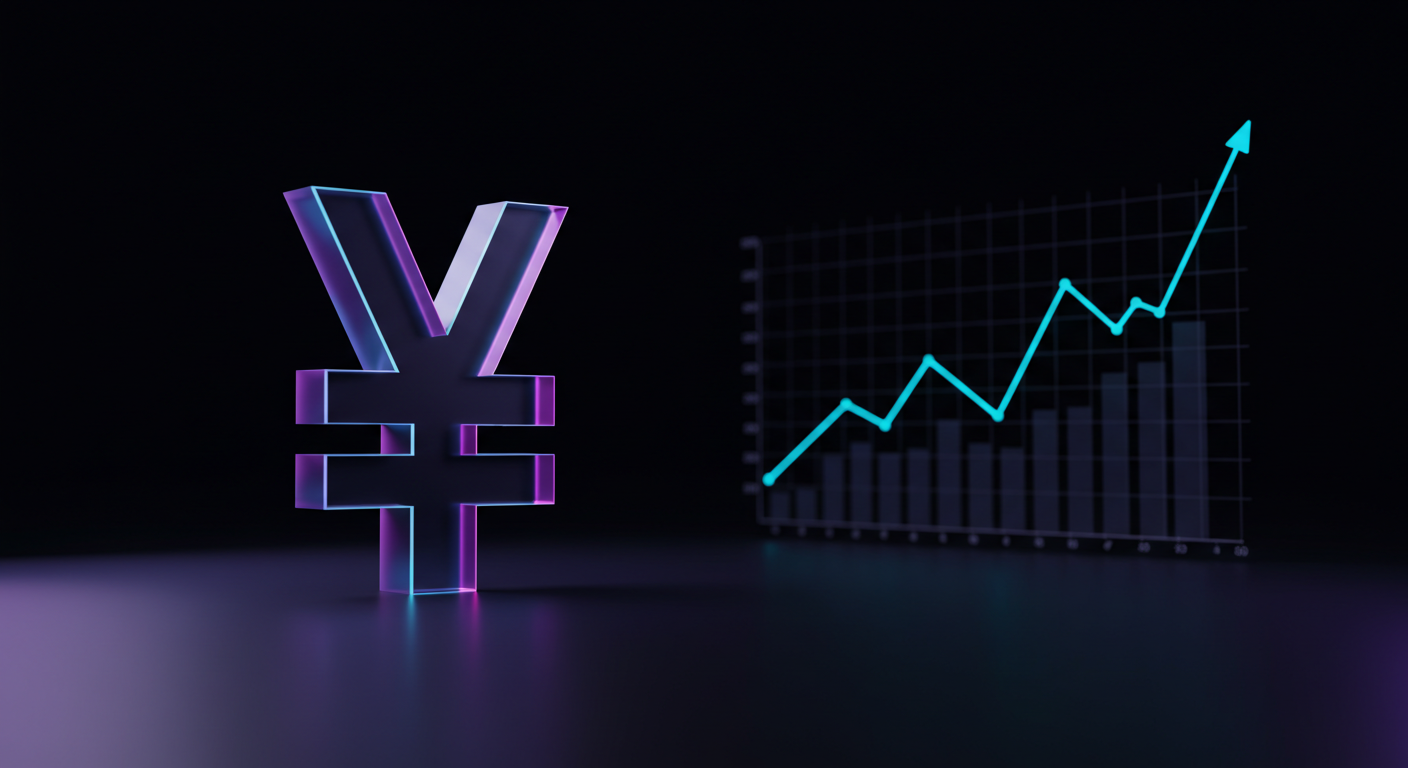
The USDJPY is currently rising and approaching its 200-bar moving average on the 4-hour chart at 149.772, where selling pressure is emerging. It is also testing a broken channel trendline in this area.
On the hourly chart, the 200-hour moving average at 149.84 is also noteworthy. The range between 149.77 and 149.84 will serve as an important indicator for market participants; remaining below this range may lead to further declines. Conversely, if the price surpasses this level, the focus may shift towards the resistance at 150.00 and the 100-bar moving average at 150.207.
Layered Technical Testing
What’s happening here is a rather classic example of layered technical testing, and we find ourselves at a short-term tipping point. With the pair inching upwards, it’s challenging an area where buyers have previously struggled to maintain momentum. Prices nearing these overlapping moving averages and trend markers—particularly 149.77 to 149.84—are not just statistics. They’re lines in the sand, tested by momentum, sentiment, and flow.
Now, we’ve seen this range work as a magnet more than once. When prices press right into it and stall—as they are now—it suggests fatigue among the upward push. It doesn’t mean a reversal is guaranteed. But what we’ve found from past cycles is that when price action fails to settle above a confluence of major averages like these, the downside tends to attract follow-through fairly quickly. Not because the market is panicking, but simply because those levels repeatedly fail to convert into new grounds.
Kuroda’s likely watching the rates market for clues here, though he won’t be alone. Many macro funds tend to lean into areas of this kind since short-term leverage becomes easier to manage when predictability, even loosely held, lines up with historical rejection points. If price closes below this band on smaller timeframes, there tends to be a short build-up that gets reinforced with each failed test to push higher.
Psychological Resistance And Market Behavior
Above it, however, things become simpler. That psychological level at 150 is more than just round-number bias—it’s embedded in options positioning. Just above lies our 100-bar moving average on the 4-hour frame at 150.207—a dynamic resistance that often draws attention from model-driven players. This is where we generally watch for follow-on bids after a break; they often arrive late, once validation arrives in the form of a retest or a clean close above. They almost never jump first.
What we’re doing on our end is tracking correlation moves on 2-year Treasury yields. Sometimes, it’s not the level that matters most—it’s what global bond pricing is doing while those levels are approached. Our models suggest a pickup in implied volatility if the 150 mark gives way. That doesn’t necessarily mean explosive volatility. Still, when combined with thinner order books around those highs, even smaller surges can trigger additional algo triggers that normally lie dormant.
Meanwhile, those with short-dated delta exposure must tread carefully. Decay accelerates when the trade lingers, and if price action hugs the upper limit of this 149.84-150.207 band for too long, it can crush premium swiftly without any actual breakout. So discipline becomes non-negotiable when deploying those structures. We rotate them off quickly if there’s no movement within a limited time window.
Lastly, a word on volume. The tick flow is light but not absent—so while it doesn’t scream commitment, there’s just enough movement to suggest early positioning underway. We tend to see bigger conviction after a stack of candles closes on one side of these moving averages. Only then does it invite the sort of size that pushes price in a more directed way.
For now, it’s about watching the retest—staying patient with entries, and staying small with exposure into uncertain breaks. We’ve done this before, and those who wait for confirmation tend to keep more of their capital intact than those chasing the first tick above a chart line.







